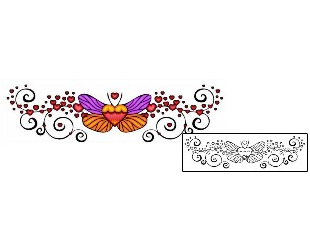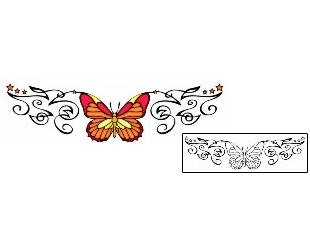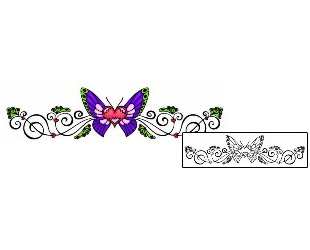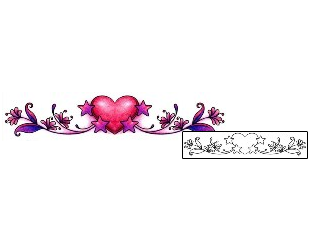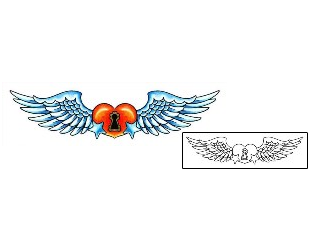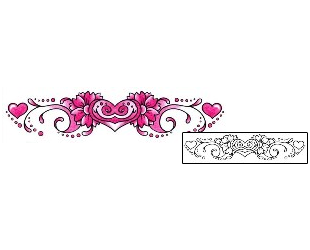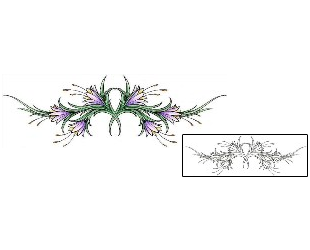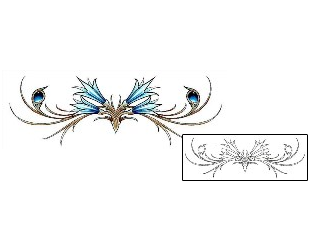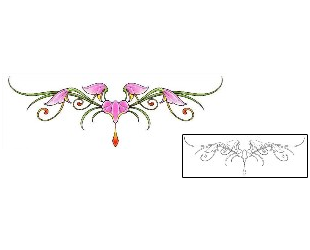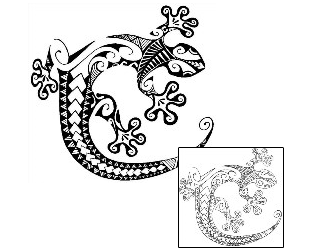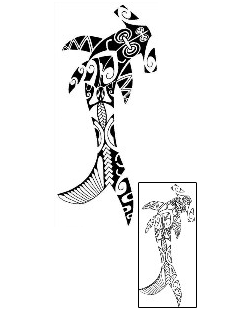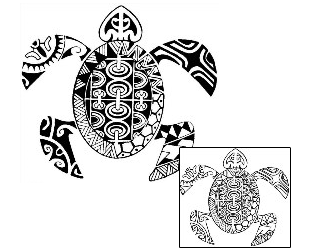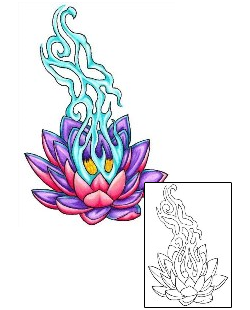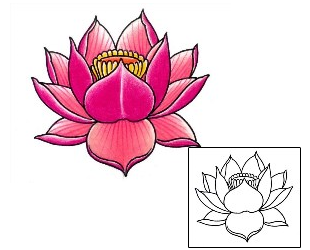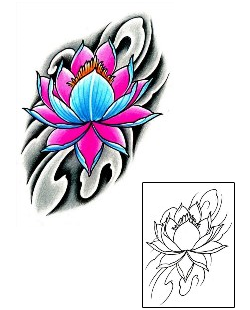Once you have decided to get a tattoo, you may think the hard work is over. After all, what could be more important to the tattooing process than deciding what you want tattooed on you and where you want it? While there is nothing more crucial to your tattoo satisfaction than getting the perfect tattoo in the perfect place, if you fail to select an artist that will be able and willing to work with you that perfect tattoo, you will find that in the end it is not so perfect after all.
When you are looking for a tattoo artist to ink your tattoo, there are several things to keep in mind. First of all, remember that you do not have to go with the first artist you meet. Getting a tattoo is a personal experience for you and the artist because you are getting a permanent expression of some part of yourself visually displayed in the form of a tattoo, and the artist is creating a piece of artwork on your skin. As a result, most tattoo artists recognize how important it is to their work and your satisfaction with your tattoo that the two of you work well together. Most will not be offended if you opt to do some more investigation before making a final decision, and those that are often would prove far too inflexible to work with anyway unless you have no preferences whatsoever on the look or location of your tattoo. It helps to think of the tattoo artist selection process as a dual interview process. You are interviewing the artist, but they are also interviewing you as a client to make sure that the two of you will work well together to achieve mutually acceptable goals.
Here are some things to consider when selecting a tattoo artist:
Are you comfortable in their tattoo environment?
If you get nervous around heavy metal and skull tattoo designs, but the studio is full of both, you will need to determine whether or not you will be able to hold still and remain calm for an hour or more in such a setting. If not, you might want to see if the artist works elsewhere or if you can come in early before things get hectic. If not, then you may need to investigate other options.
Will they work with your art?
The best way to insure that you will be totally happy with your new tattoo is to bring a stencil and even do a tattoo-test drive (where you print out the tattoo on special paper and try out various sizes and locations using a temporary version) before you commit to the permanent version. As a result, once you have the perfect tattoo or several pieces that you want incorporated together, you need an artist who will work with you using those stencils and art to create a perfect tattoo design. If an artist only free hands, for example, or refuses to adhere to the tattoo color scheme that you prefer, then you may need to find someone a little more in tune with your wants and needs.
Another issue to bring up may be an artist's willingness to work around or over previous tattoos and tattoo designs. Obviously, this is highly dependent on the tattoos location. Some artists prefer to only work with their own ink, and do not like to incorporate other artists tattoo work into their own or tattoo over existing tattoo designs. You should find this out ahead of time so that you do not end up with a last-minute cancellation.
Does the tattoo artist use stencils?
As we discussed earlier, stencils are probably the very best way to insure that you get precisely the tattoo or tattoo design that you wanted. Most tattoo artists are happy to use stencils and accompanying color guides because using these tools insures that the client will be happy with the work. However, some artists do object to these types of tattoo aids and do not like using them. You should be aware that if your tattoo artist will not use your stencil and color guide, that you will probably not end up with the tattoo that you wanted exactly like you wanted it.
Tattoo artists take their art very seriously, even though it is a far more dynamic art form than many conventional forms of art like painting and sculpting. Always remember that tattoo artists are just as devoted to their craft as any other artist, and use respect when referring to tattoos and tattoo design even if it is not to your taste.


